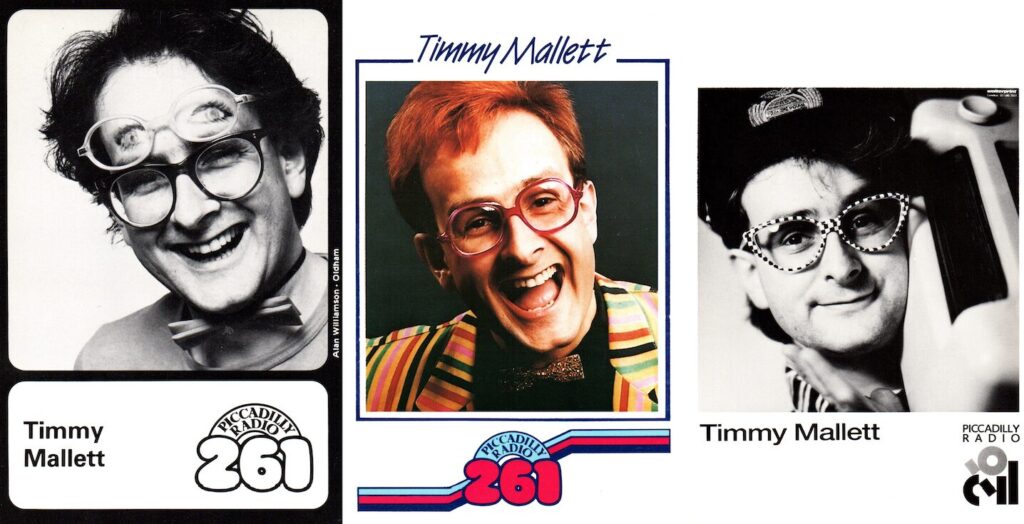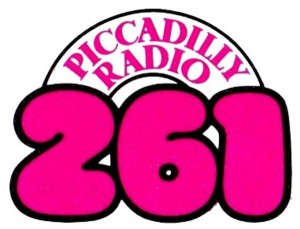A couple of weeks ago, I received a tweet from an Australian chap called Anthony Gherghetta (@wheredidgogogo) who, based on my previous writings about a personalised radio service, suggetsed I consider adding some of them to a collection he was curating over on the writing platform, Medium, about The Future of Radio. I thought about this for a while but, while I was in Melbourne recently, local news about audience figures and money got me thinking about how such a personalised product would be funded. So I wrote Will The Money Trail Drive Radio Innovation? over on Medium (which, I have to say, is a lovely writing platform). As always, I also keep my own copy here but I do suggest you head to Medium to read it!
—
In the introduction to his 1979 book, The Piccadilly Story, Philip Radcliffe tells how Piccadilly Radio’s broadcast frequency – back then expressed as 261 metres, medium wave – was so ingrained in the Manchester community that shopkeepers would, at a bill of £2.61, simply ask their customers for ‘Piccadilly, luv’.1
For some reason, this – I have always assumed apocryphal – story popped into my mind when sat in a Melbourne coffee shop this week reading about Kyle & Jackie O’s latest audience figures.
By way of a quick summary, last Wednesday’s news was all about the top-rated Sydney breakfast duo who switched stations at the start of the year and, when the first audience figures were released, seemed to have carried most of their listeners to their new morning home. An astonishing switch that generated discussion on my Twitter feed of UK radio pundits. In itself, this has much to say about the power of broadcast radio and why the personalised radio future I envisage, maybe a way off yet.
While there was plenty of commentary about the audience numbers there was, in many ways, a more interesting number buried towards the end of The Australian’s piece on the news. The move had wiped $350 million off the share price of the duo’s former employers Southern Cross Austereo.
Both of these stories – some 35 years apart in their origins – tell of audience scale and it’s relationship to money. Historically, for entertainment media, the two are undeniably intertwined. And this relationship got me thinking, how would the finances of a personalised radio service stand up? In some ways scale and personalisation are not natural bedfellows but does that mean a personalised radio product would struggle to find revenue? In a previous musing on this topic I suggested that sponsored content blocks, mixed with a listener’s own music selection, might be a way forward. But when the audience is combining a unique mix of content selections, can this work? After all, what would the advertiser be buying and can it be sold at a profit?
To help answer that question, and in parallel to any thinking about a future radio product, we have to consider the funding. Is audio content suited to a subscription model so that a radio equivalent of the paywall could be erected? SiriusXM might suggest that it is. But are there many other countries where substantial audiences pay for radio content? None spring to mind. Perhaps there’s a smartphone subscription app-model that may work. But I don’t think that there’s precedent for profitable apps in-car (quite yet) or on kitchen radios. Which leaves us with advertising as the primary revenue model.
There’s a shift in media buying that’s being driven by the connected world whereby advertising space is increasingly traded in real time. On the web, a publisher may offer up an advertising spot to the market in the milliseconds before the advertisement is shown in the browser. One of the leading players in this space, The Rubicon Project, suggested in September 2013 that an average of 40% of online display advertising was traded in this way. In April last year Forrester suggested that almost 25% of online video advertising will be traded programatically by this year.2 The latter figure is important, because this automated trading will become an increasingly important way to generate revenue from television content when consumed online. And if TV goes there, why should we assume radio won’t?
There are many attractions of buying advertising space this way but the ability to easily group audiences that are increasingly consuming fragmented media is one. It’s becoming just as efficient to reach these disparate audiences as it used to be to reach mass audiences by buying, say, Piccadilly Radio.
Interestingly, when researching this piece I couldn’t find numbers for the amount of audio media traded this way. There are companies who specialise in the automated trading of radio advertisements but, when compared to those in the digital display or video space, they appear forgotten. Then again, perhaps it’s not surprising. There are a few stations doing new and innovate things with radio commercials – in the UK, Absolute Radio’s In-Stream is a good example – but they are the exception and not the rule. Therefore where’s the market for the automated trading of radio ads?
It seems to me, radio is missing out. If the advertising world is shifting to more automated way of buying then that means, by necessity, they are buying a connected product. Yet much of radio’s connected offering is simply delivering the same old product in a slightly newer way. For revenue growth, and maybe even for revenue parity, the radio industry has to adapt to the connected world in more ways than just offering up a stream of the broadcast signal.
Undoubtedly, there are many hurdles before there are mass market personalised radio products. Kyle & Jackie O have shown the enormous power of today’s mass-reach broadcast breakfast radio product. Yet, also this week, the BBC announced plans to close the youth-oriented BBC Three television channel. While reduced finances are the reason behind the proposed closure, the channel was selected in part – according to the press release – because it’s young audience “are the most mobile and ready to move to an online world”. A trend that suggests future audiences have different expectations of their media consumption.
There’s a convergence here that the radio industry needs to see: an undeniable shift to consumption on connected devices. This represents opportunities for both sets of radio’s customers. With the right product, audiences will increasingly personalise their radio experience but, I believe it may not be listeners who are the drivers of such innovations. The advertising industry, increasingly looking for ways to better justify their media spend, is pouring an ever growing share of their budgets into automated buying. Radio needs a product to capitalise on this move.
So it maybe that the money trail is the driver of innovation in the radio space and it the advertising industry that pushes radio to reinvent itself for the connected world.
—
1 Radcliffe, P. The Piccadilly Story, Blond & Briggs, 1979. p9
2 Strictly 24.7% of video spending by 2014.

